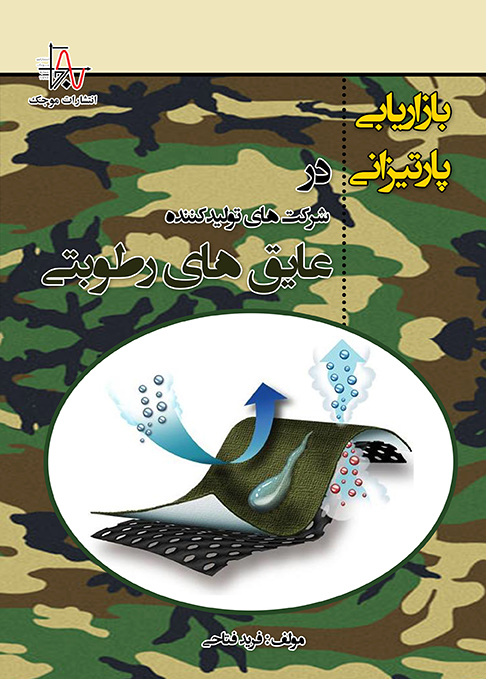ناشر : انتشارات موجک
کد کتاب : M699
عنوان : ارزیابی ریسک اعتباری بانکها در بورس اوراق بهادار
تالیف : سیدمهدی رضائی زاد
مشخصات ظاهری : ۱۲۳ صفحه، قطع وزیری
چاپ اول : پاییز ۱۴۰۰، تيراژ : ۵۰۰ جلد
قيمت : ۲۱۶۰۰۰۰ ريال، شابک : ۸-۳۷۰-۹۹۴-۶۰۰-۹۷۸
حقوق چاپ و نشر برای ناشر محفوظ است.
————————————————————————————————————————————————————————————————————————–






نقد و بررسیها
هیچ دیدگاهی برای این محصول نوشته نشده است.